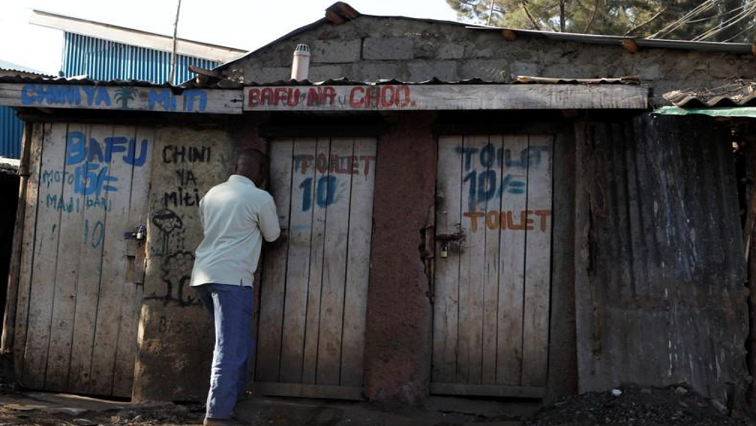Government’s commitment to eradicate pit latrines is increasingly being questioned especially as they are still being installed as part of government housing developments.
While concerns are predominantly about safety, in particular of children, experts say pit latrines also have a negative effect on the quality of water. The type of soil these pit latrines are built on, as well as their structure, have to be assessed, as underground water contamination is often detected.
The call for the eradication of pit latrines is contradicted, as government has recently constructed them in Botshabelo informal settlement outside Coligny. The community is livid about these toilets built last year.
“Our children are not safe. They say they’ll eradicate pit toilets at schools, but these children come here to use these same toilets.”
“These toilets are not good for our health. They even fill with water when it’s raining. They have insects which we don’t know where they come from. They might give us diseases, government failed us.”.
“I have a problem with these toilets, we don’t want them. We just saw a contractor coming to install these toilets. We’re not happy.”
“These toilets are not safe, even the councilor knows that. Their doors used to close, now they don’t even close.”
The importance of assessing the soil
Meanwhile, environmental factors play an enormous role in the safety of pit latrines. Soil scientist from the North West University, Jasper Dreyer, says it is important to assess the type of soil in the area before installing a pit latrine
“Soil is an important factor in the treatment of sewage, be either conventional flushing toilets going to sewage plants that they can dispose of and or be it pit latrines, also the soil acts as a buffer. With sandy soil the problem is high infiltration rate, high permeability in the soil so should one have a pit latrine on the sandy soil one would expect to have very high permeability of influent in the soil, so it will run at a very high rate from the soil and can pass through the soil and go to the groundwater where it can contaminate groundwater. The other extreme is the clay soil, very low permeability, so the water is moving very slow in that soil so it will actually stand in, if one has clay soil that water won’t go out of it and it will actually just build in so that will cause another problem, the build-up of that fluent in clay soil.”
Contamination to underground water
North West University Microbiologists, Dr Lesego Molale-Tom, also attests that pit latrines carry bacteria that can contaminate underground water.
“With our pit latrines, it’s a harbor for various microorganisms and by harbor I mean they can harbor bacteria. Then viruses can also be found there. The SARS COV-2 has been found in stools of people that tested positive for COVID-19. So there are chances that we can find it in pit latrines. The exposure of microorganisms in a pit latrine to groundwater is a problem because with the ground you get seepage and as they seep microorganisms are very strong, particularly the bacteria. They’re able to seep down to the groundwater. Then you find in rural communities where there isn’t proper sanitation. Where water is not cleaned adequately for instance or where people rely on the groundwater.”
Health hazard
Dr Molale-Tom says this is a health hazard for those consuming this water.
“We get a sorisha coli and entero cocci. They are known for causing gastroenteritis in people so it’s your typical stomach bug, vivio cholera, it causes cholera. When you ingest that water, that has microorganisms, you find that they harbor specific resistance genes, you yourself are exposed to taking up the resistance from microorganisms.”
Risk for low-scale farming
This underground contaminated water can also be risky for low-scale farming, as explained by Dr Molale-Tom.
“In our rural areas, we find substance farming, low scale, where people use groundwater to irrigate their vegetable garden. So you find there’s a pit latrine, it’s not too far from the groundwater well, seepage occurs, there’s bacterial contamination and they use that water to irrigate their vegetables. The exposure of eating those vegetables without properly washing them, it’s a potential threat.”
While the residents of Botshabelo had hoped for better living conditions, it is clear that the pit toilets they are using are not only unsafe for children but could have a long-term impact on the environment and their health.






